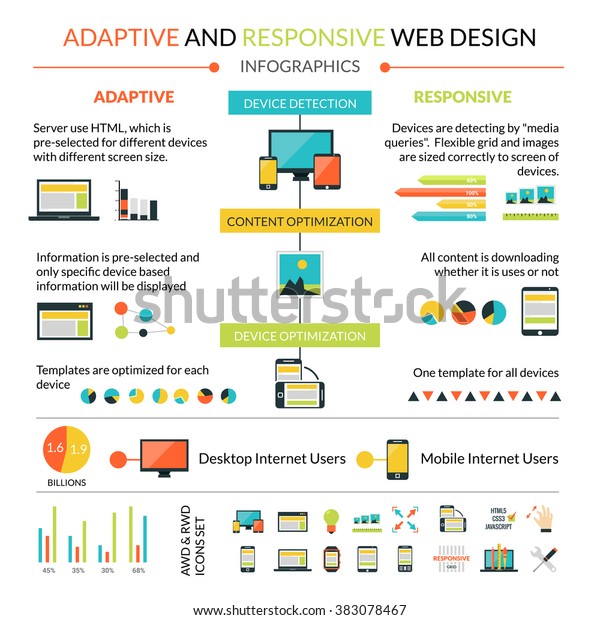Interested In Learning Exactly How Internet Site Design Has Changed For Many Years? Explore The Development From Fundamental, Simple Designs To User-Centered Approaches That Focus On The Demands And Choices Of On-Line Site Visitors
Interested In Learning Exactly How Internet Site Design Has Changed For Many Years? Explore The Development From Fundamental, Simple Designs To User-Centered Approaches That Focus On The Demands And Choices Of On-Line Site Visitors
Blog Article
Published By-Collier Wong
In the past, sites were basic and focused on info. Navigation was straight, and design was for desktops. Currently, user experience is vital. Data guides styles for very easy navigation. Receptive designs suit different gadgets. Today, dark mode lowers strain, and minimalist menus boost navigation. Interactive attributes involve individuals, and bold visuals stand apart. AI combination boosts engagement. See exactly how https://docs.google.com/spreadsheets/d/1xIC5TDhKsyxRuqrbHdrHe9HGI-SL6TsilxT4Pi65wW4/edit#gid=482285916 has actually progressed to improve your on the internet journey.
Very Early Days of Web Design
In the very early days of website design, simpleness reigned supreme. Sites were basic, with restricted colors, fonts, and designs. The emphasis got on giving information as opposed to showy visuals. Users accessed the web through slow-moving dial-up links, so rate and performance were vital.
Navigation menus were straightforward, normally situated on top or side of the page. Internet sites were made for computer, as mobile browsing wasn't yet common. Web content was king, and designers focused on easy readability over complicated style components.
HTML was the key coding language made use of, and designers had to function within its constraints. Animations and interactive features were minimal contrasted to today's requirements. Websites were fixed, with little vibrant web content or personalized individual experiences.
Rise of User-Focused Layout
With the evolution of website style, a change towards user-focused layout principles has actually come to be significantly noticeable. Today, creating web sites that prioritize individual experience is vital for engaging visitors and accomplishing business goals. User-focused design involves recognizing the requirements, choices, and behaviors of your target audience to customize the web site's layout, material, and includes as necessary.
website design company conduct comprehensive study, such as customer studies and use screening, to collect understandings and comments straight from users. This data-driven strategy helps in producing instinctive navigating, clear calls-to-action, and aesthetically appealing user interfaces that resonate with site visitors. By placing the customer at the facility of the style procedure, websites can provide a more tailored and enjoyable experience.
Receptive design has actually also become an essential facet of user-focused layout, making certain that sites are enhanced for various tools and screen sizes. This flexibility improves availability and usability, catering to the varied ways customers engage with sites today. Basically, the surge of user-focused design symbolizes a change towards creating electronic experiences that prioritize the demands and assumptions of the end customer.
Modern Trends in Web Design
Check out the current trends shaping web design today. One noticeable pattern is dark setting design, supplying a sleek and contemporary appearance while minimizing eye stress in low-light atmospheres. One more essential fad is minimal navigation, simplifying food selections and boosting individual experience by focusing on essential elements. Integrating micro-interactions, such as animated buttons or scrolling effects, can develop a more appealing and interactive internet site. Receptive layout stays vital, making certain seamless individual experiences across different devices. Additionally, using bold typography and unbalanced formats can include aesthetic passion and draw attention to certain web content.
Integrating AI technology, like chatbots for consumer assistance or tailored recommendations, boosts customer engagement and streamlines procedures. Access has also end up being a significant trend, with developers focusing on inclusive layout practices to satisfy varied individual demands. Welcoming just click the next website page by enhancing site performance for speed and performance is another emerging pattern in website design. Working together with user responses and data analytics to iterate and boost design continuously is vital for staying appropriate in the ever-evolving digital landscape. By accepting these contemporary trends, you can create a visually enticing, easy to use internet site that resonates with your audience.
Final thought
As you review the advancement of internet site design from the very early days to currently, you can see exactly how user-focused layout has ended up being the driving pressure behind modern-day trends.
Embrace the journey of change and adaptation in website design, always keeping the customer experience at the center.
Stay existing with the current patterns and technologies, and never ever stop advancing your approach to produce aesthetically stunning and easy to use internet sites.
Develop, adjust, and develop - the future of web design is in your hands.
